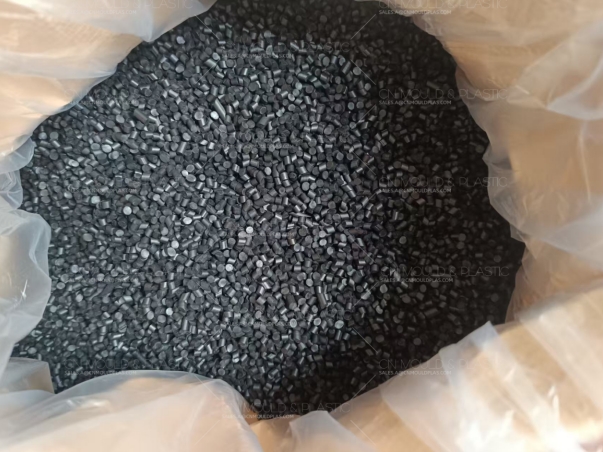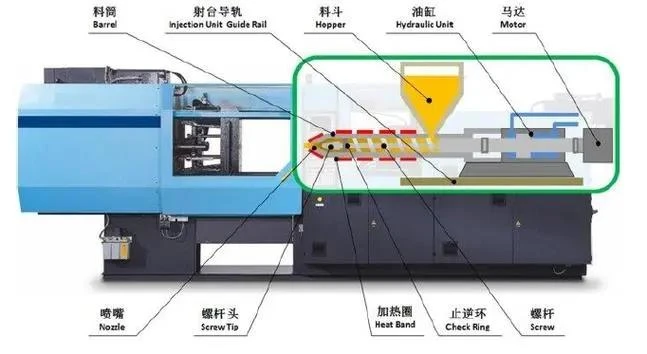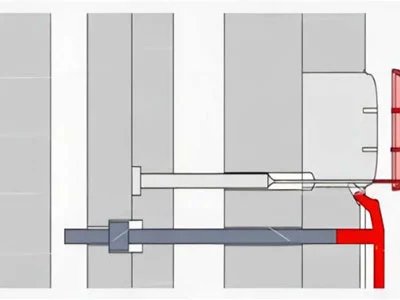Although the synthesis methods of various block copolymer - type TPEs are different, and their specific structures and properties may also vary, they share the most important commonalities. That is, they are all block copolymers, and most of them are micro - phase - separated systems, which endow them with certain common mechanical states and physical properties. Such systems usually consist of a small portion of hard segments with Tg or Tm higher than room temperature) and a large portion of soft segments with Tg lower than room temperature). The hard and soft segments each have their own functions. In these systems, the hard segments aggregate into small morphological micro - regions, which act like physical cross - links and fillers. The soft segments, on the other hand, are highly elastic segments with a large free - rotation ability, providing rubber - like elasticity and flexibility. This is possible because the system exhibits an unusual two - phase morphological structure. The two - phase morphology originates from micro - phase separation, causing the hard segments to aggregate in the elastic phase formed by the soft segments, thus generating dispersed small hard - phase micro - regions (10 - 30nm), that is, . The forces between segments can be van der Waals forces, hydrogen bonds, or ionic bonds, enabling them to form physical cross - links in the form of thermoreversible constraints. This physical cross - linking has the same function as the chemical cross - linking in vulcanized elastomers. Therefore, TPE can achieve high strength and high elastic recovery properties similar to those of chemically cross - linked elastomers, the tensile - recovery stress - strain curve of TPE with an ABA or (AB) n structure.
Unlike the case of chemically vulcanized elastomers, the cross - linking points of the hard - segment micro - regions in TPE will soften or melt above Tg or Tm. Therefore, TPE can be processed by melt - processing methods. In addition to this, the glassy or crystalline hard - block micro - regions also enhance the rubber elastomer to produce high strength. The reasons are as follows: ① The hard - block micro - regions form a separated phase; ② The hard - block micro - regions have an ideal size and uniformity; ③ The chemical bonds between the hard and soft segments ensure the adhesion between the two phases.
For thermoplastic elastomers prepared by the dynamic vulcanization method, the elastic phase consists of highly cross - linked tiny rubber particles, and the hard phase is usually a thermoplastic plastic. A large number of tiny cross - linked rubber particles are uniformly dispersed in the continuous thermoplastic plastic matrix formed by a small amount of plastic components. . In the SEM photo, the dense white particles are cross - linked rubber particles. The large number of highly cross - linked rubber particles are in a dispersed - phase structure, and there are no chemical bonds between the rubber particles, which gives TPV the high elasticity of vulcanized rubber. A small amount of plastic phase [such as 20% (mass fraction)] coats the cross - linked rubber particles to form a continuous phase, endowing TPV with excellent thermoplastic fluidity and repeated processing performance. The internal components of the cross - linked rubber particles are complex, including cross - linkers, fillers, plasticizers, anti - aging agents, coupling agents, etc. Compared with the blends obtained by traditional methods, the properties of TPE materials prepared by the dynamic vulcanization method have been significantly improved.
The aggregated state structure of TPO prepared by the simple blending method/mechanical blending method is different from the above two. In this blend, the elastomer and the plastic phase exhibit a co - continuous or biphasic - continuous morphology


